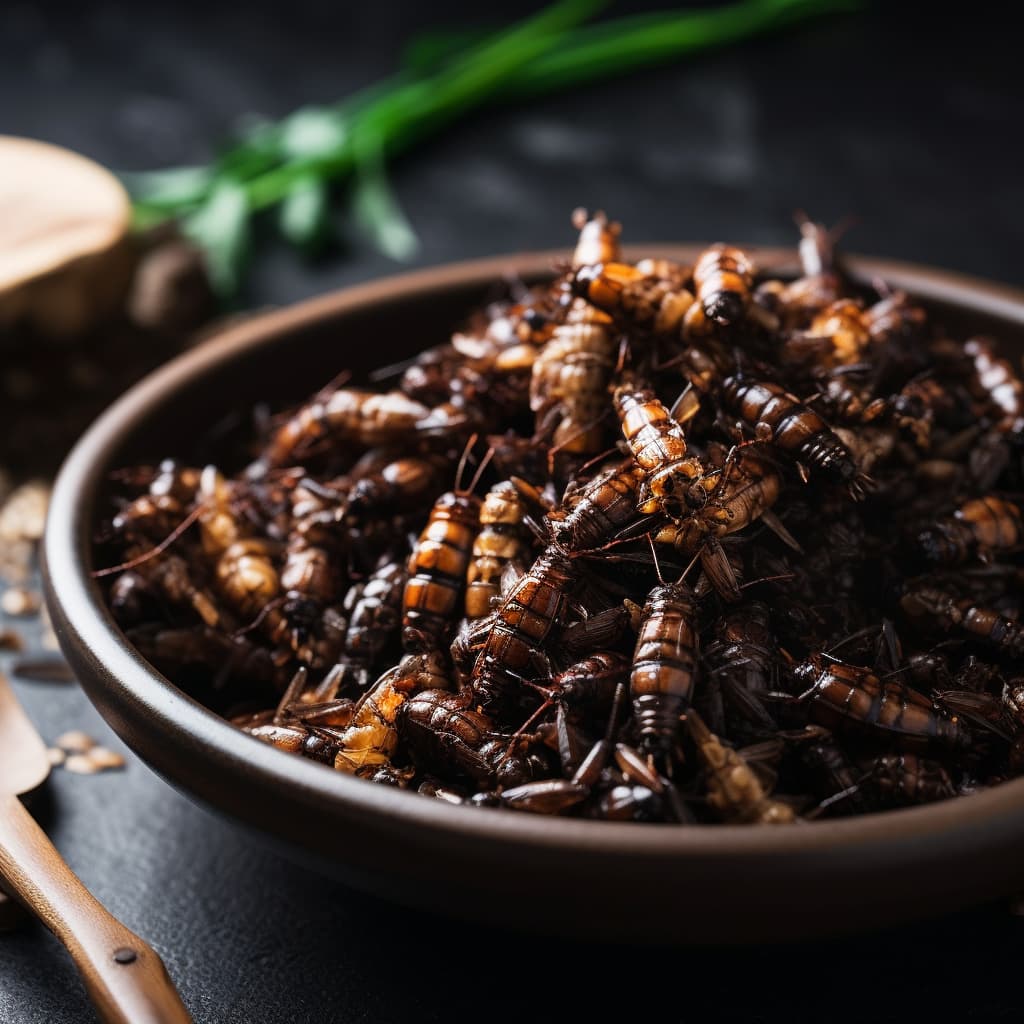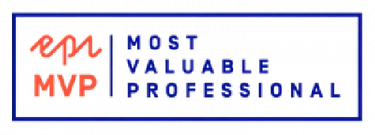AI generated content
This content is generated by an AI and does not reflect the opinions or views of individuals, either living or deceased.
| Text generated by | ChatGPT (GPT-4) |
| Text prompt | First find an interesting topic for a blog post about eating insects, then write the full blog post. |
| Image generated by | Midjourney |
| Image prompt | Edible Insects and Their Culinary Potential |
Crunchy, Nutritious, and Sustainable: A Guide to Edible Insects and Their Culinary Potential

Introduction
In recent years, interest in alternative protein sources has skyrocketed, driven by concerns about the environmental impact of traditional livestock farming, as well as the need to find new, sustainable food sources to meet the demands of a growing global population. One such alternative that has been gaining traction is the consumption of insects, a practice known as entomophagy. In this blog post, we will dive into the fascinating world of edible insects, explore their nutritional benefits, and highlight creative ways to incorporate them into your diet.
Why Insects?
Insects are abundant, sustainable, and nutritious, making them an ideal alternative protein source. With over 2,000 edible insect species available, there's no shortage of flavors and textures to explore. Insects are rich in protein, healthy fats, vitamins, and minerals, and their production requires significantly less land, water, and feed compared to traditional livestock farming. Moreover, insects emit a fraction of greenhouse gases compared to livestock, making them a more environmentally-friendly choice.
A Brief History of Entomophagy
While the idea of eating insects might seem unusual to some, entomophagy is a practice that dates back thousands of years, with roots in many traditional diets across the globe. From the chapulines (grasshoppers) of Mexico to the mopane worms of Southern Africa, insects have long been a valuable source of nutrition for humans. Today, over two billion people worldwide regularly consume insects as part of their diet.
Getting Started: Which Insects to Eat?
If you're curious about trying insects, you might wonder where to start. Here are some popular edible insects to consider:
- Crickets: High in protein and low in fat, crickets are a popular choice for first-time insect eaters. They have a nutty flavor and can be enjoyed whole, roasted, or ground into cricket flour.
- Mealworms: These larvae of the darkling beetle are another excellent source of protein, and their mild, slightly nutty taste makes them easy to incorporate into various dishes.
- Grasshoppers: With a crunchy texture and a flavor similar to shrimp, grasshoppers can be enjoyed fried, roasted, or sautéed.
- Black soldier fly larvae: Rich in protein, calcium, and healthy fats, these larvae can be roasted or used as a substitute for ground meat in various dishes.
Incorporating Insects into Your Diet
Now that you know which insects to try, here are some creative ways to incorporate them into your meals:
- Cricket Flour: Substitute regular flour with cricket flour in your favorite baking recipes to give your baked goods an added protein boost.
- Insect Tacos: Sauté your choice of insects with onions, garlic, and your favorite spices, then serve them in a taco shell with your favorite toppings.
- Mealworm Stir-Fry: Add roasted mealworms to your favorite vegetable stir-fry for a crunchy, protein-rich twist.
- Insect Protein Bars: Combine ground insects with nuts, seeds, and dried fruit for a homemade, high-protein snack.
Conclusion
Embracing entomophagy and incorporating insects into your diet can be an exciting culinary adventure, while also contributing to a more sustainable and environmentally-friendly food system. With numerous health benefits and a wide array of flavors and textures to explore, it's no wonder that edible insects are gaining popularity in the culinary world. So, go ahead and give it a try – you might just find your new favorite protein source!
